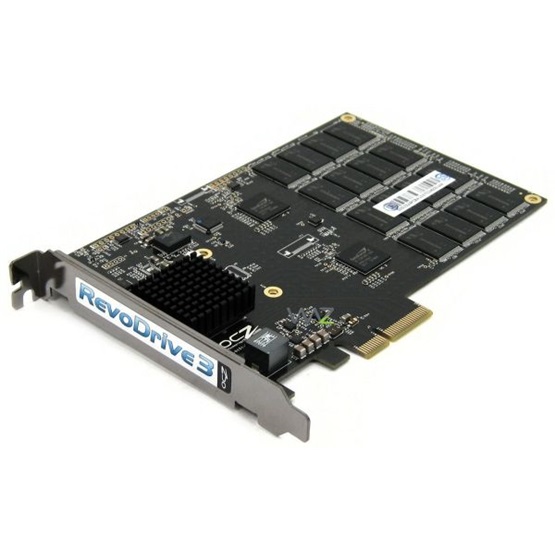
On the supercomputers, this layer is typically referred to as burst buffer. This layer provides much higher bandwidth and lower latency than the storage system, and can be managed in a number of forms, such as distributed key-value database and distributed file system. For instance, in the distributed computing environment, SSDs can be used as the building block for a distributed cache layer that temporarily absorbs the large volume of user requests to the slower HDD based backend storage system. Since flash memory has become a common component of SSDs, the falling prices and increased densities have made it more cost-effective for many other applications. In practice, modern HDDs may be used with no special arrangements for cooling.ĭue to their generally prohibitive cost versus HDD's at the time, until 2009, SSDs were mainly used in those aspects of mission critical applications where the speed of the storage system needed to be as high as possible. Fan cooling may be required if temperatures would otherwise exceed these values. High-end enterprise models installed as add-on cards or 2.5-inch bay devices may ship with heat sinks to dissipate generated heat, requiring certain volumes of airflow to operate.Ěmbient temperatures above 35 ☌ (95 ☏) can shorten the life of a hard disk, and reliability will be compromised at drive temperatures above 55 ☌ (131 ☏). In practice, SSDs usually do not require any special cooling and can tolerate higher temperatures than HDDs. Reliability of early SSDs without thermal throttling are more affected by temperature than newer ones with thermal throttling. Failure rate rises when operating at temperatures higher than 40 ☌, further increase of temperature may trigger thermal throttling around 70 ☌, resulting in reduced runtime performance.

Temperature controlĚ study conducted by Facebook found a consistent failure rate at temperatures between 30 and 40 ☌. Hybrid drives or solid-state hybrid drives (SSHDs), such as Apple's Fusion Drive, combine features of SSDs and HDDs in the same unit using both flash memory and a HDD in order to improve the performance of frequently-accessed data. In addition, 3D XPoint memory (sold by Intel under the Optane brand), stores data by changing the electrical resistance of cells instead of storing electrical charges in cells, and SSDs made from RAM can be used for high speed, when data persistence after power loss is not required, or may use battery power to retain data when its usual power source is unavailable. SSD storage devices vary in their properties according to the number of bits stored in each cell, with single bit cells ("SLC") being generally the most reliable, durable, fast, and expensive type, compared with 2 and 3 bit cells ("MLC" and "TLC"), and finally quad bit cells ("QLC") being used for consumer devices that do not require such extreme properties and are the cheapest of the four. As of 2019, cells can contain between 1 and 4 bits of data.

Compared with the electromechanical drives, SSDs are typically more resistant to physical shock, run silently, and have quicker access time and lower latency.


 0 kommentar(er)
0 kommentar(er)
